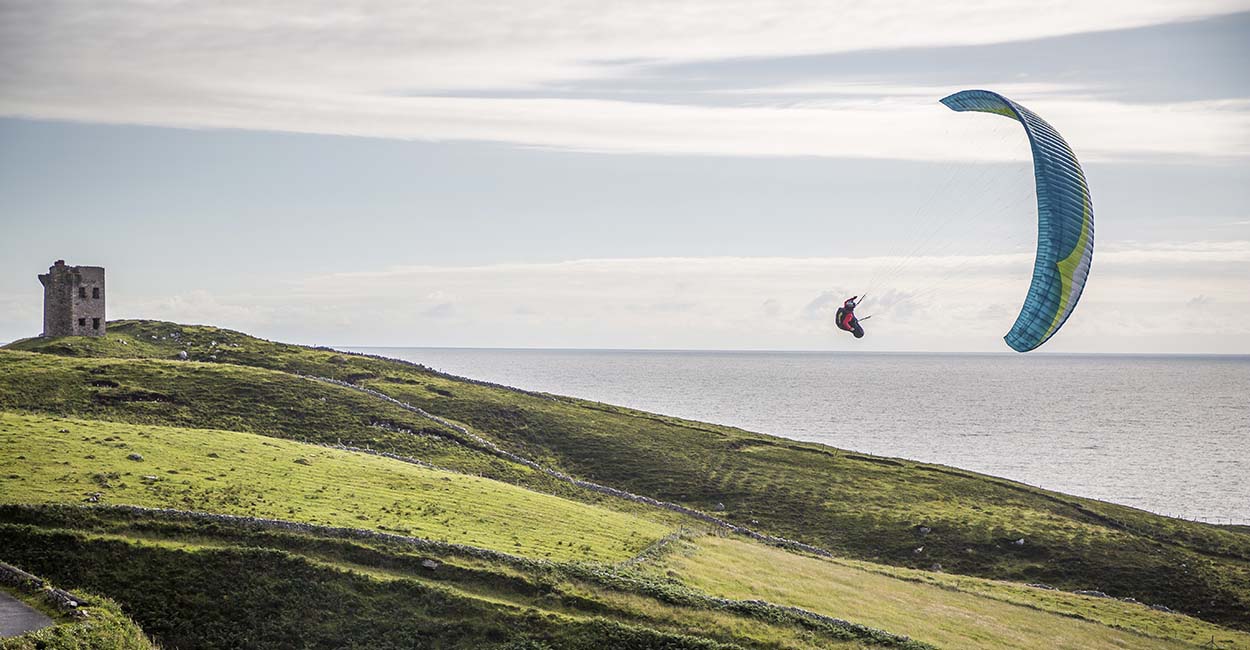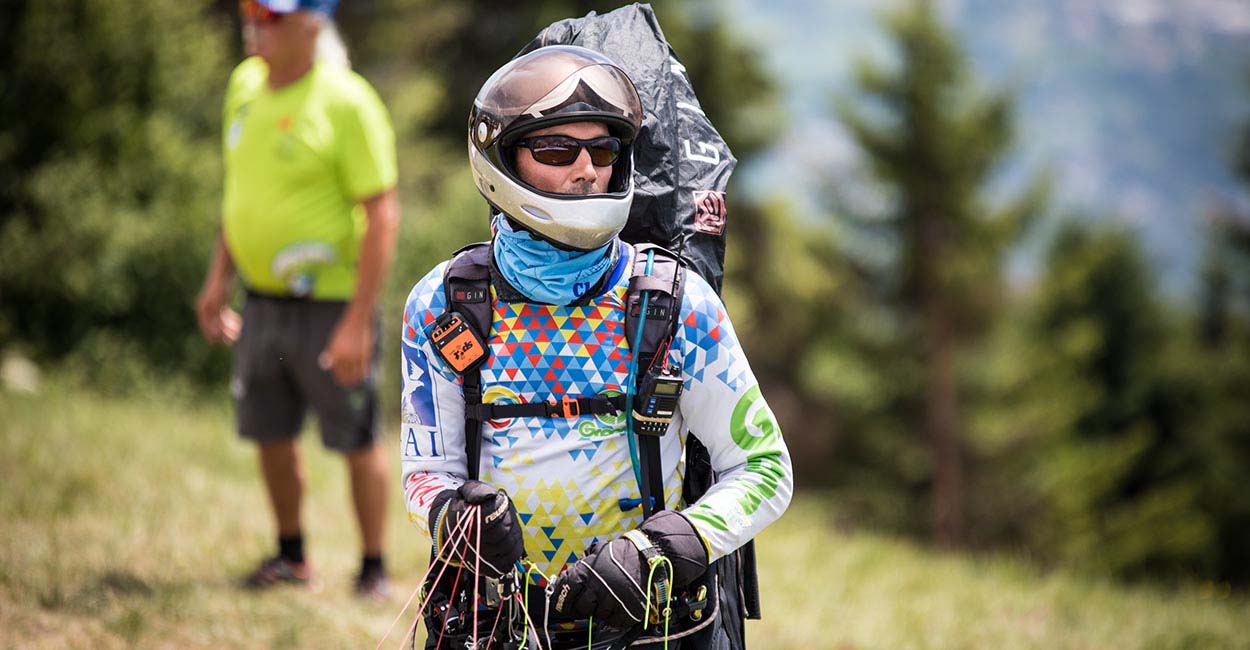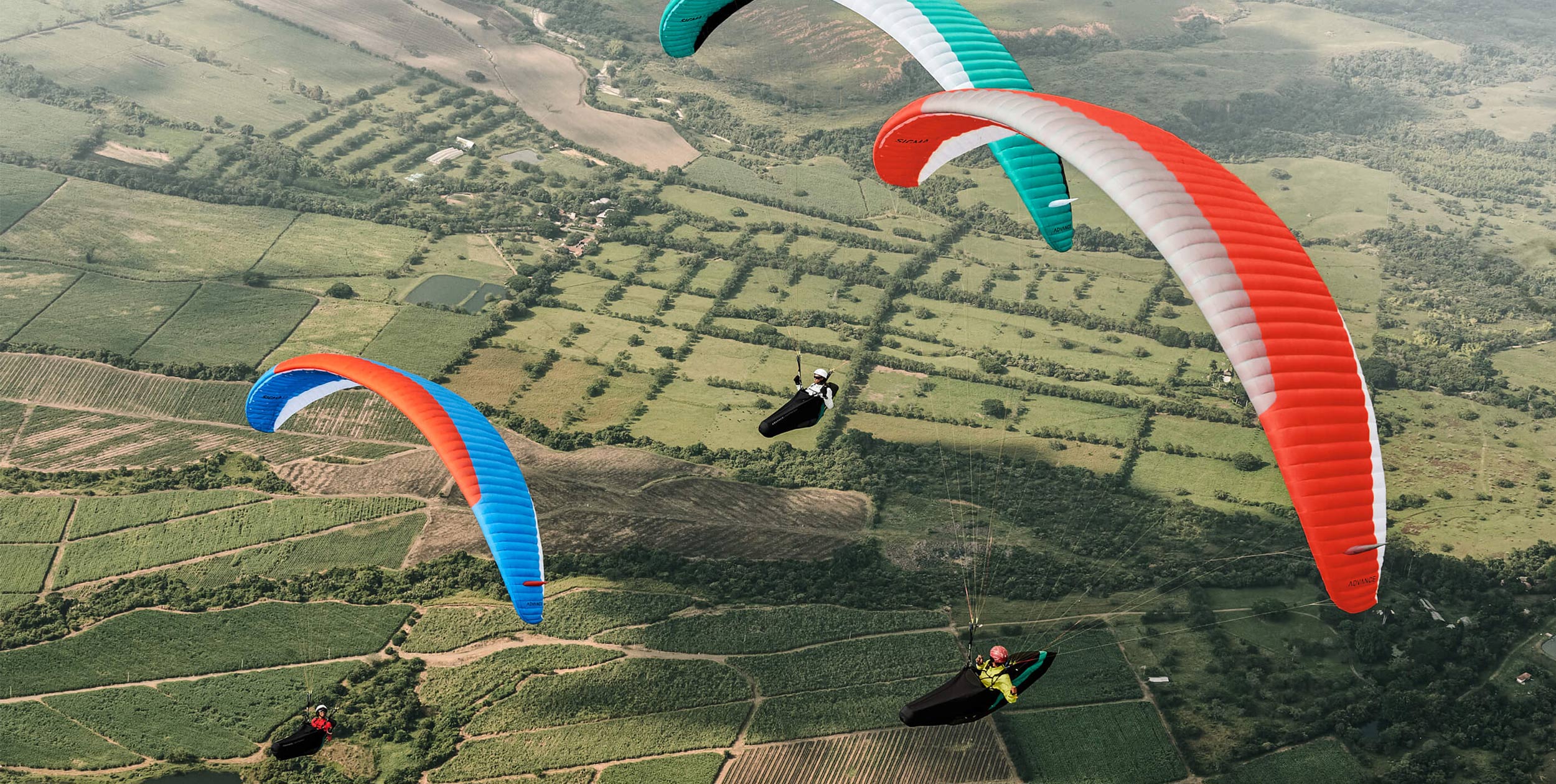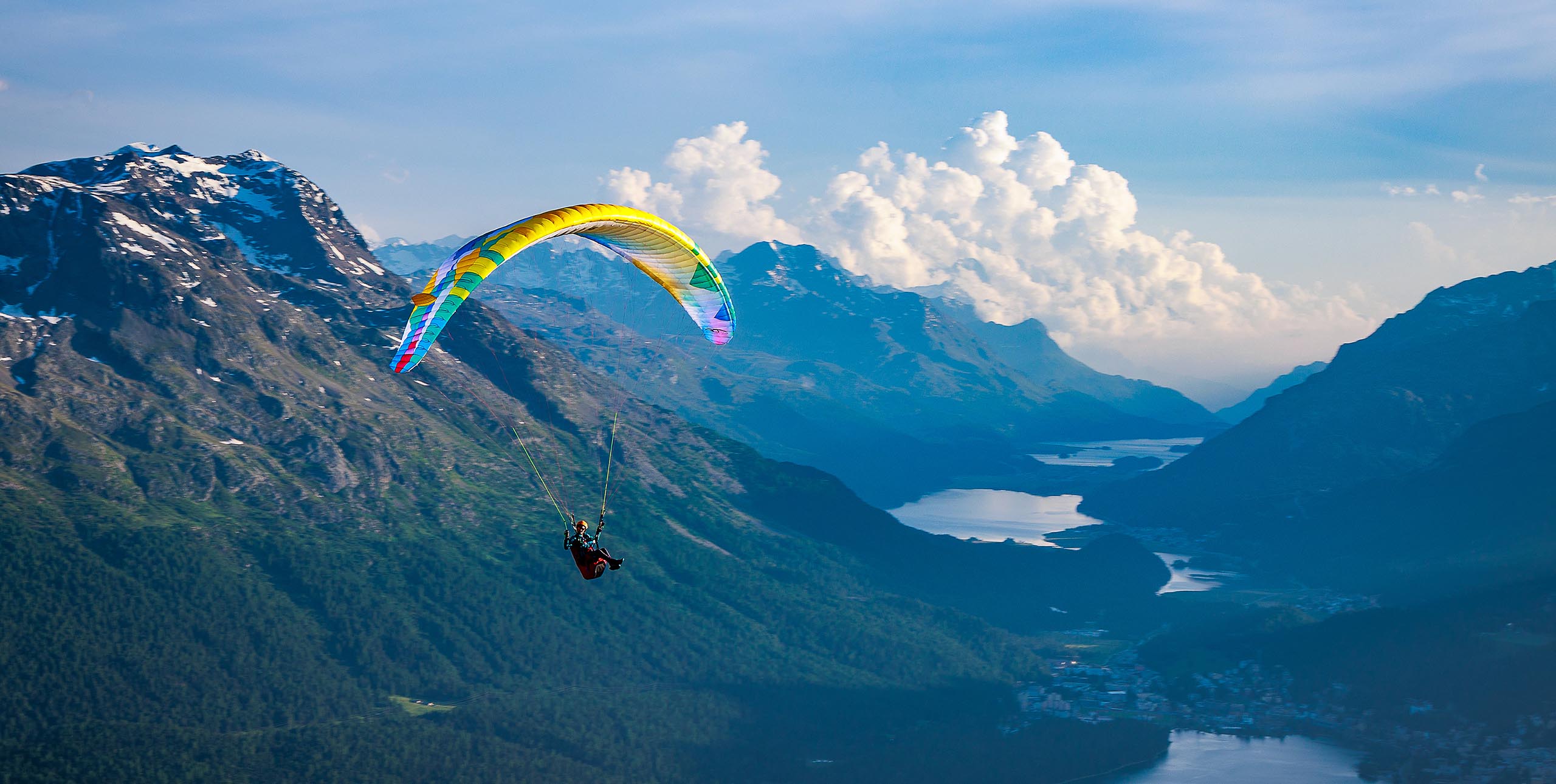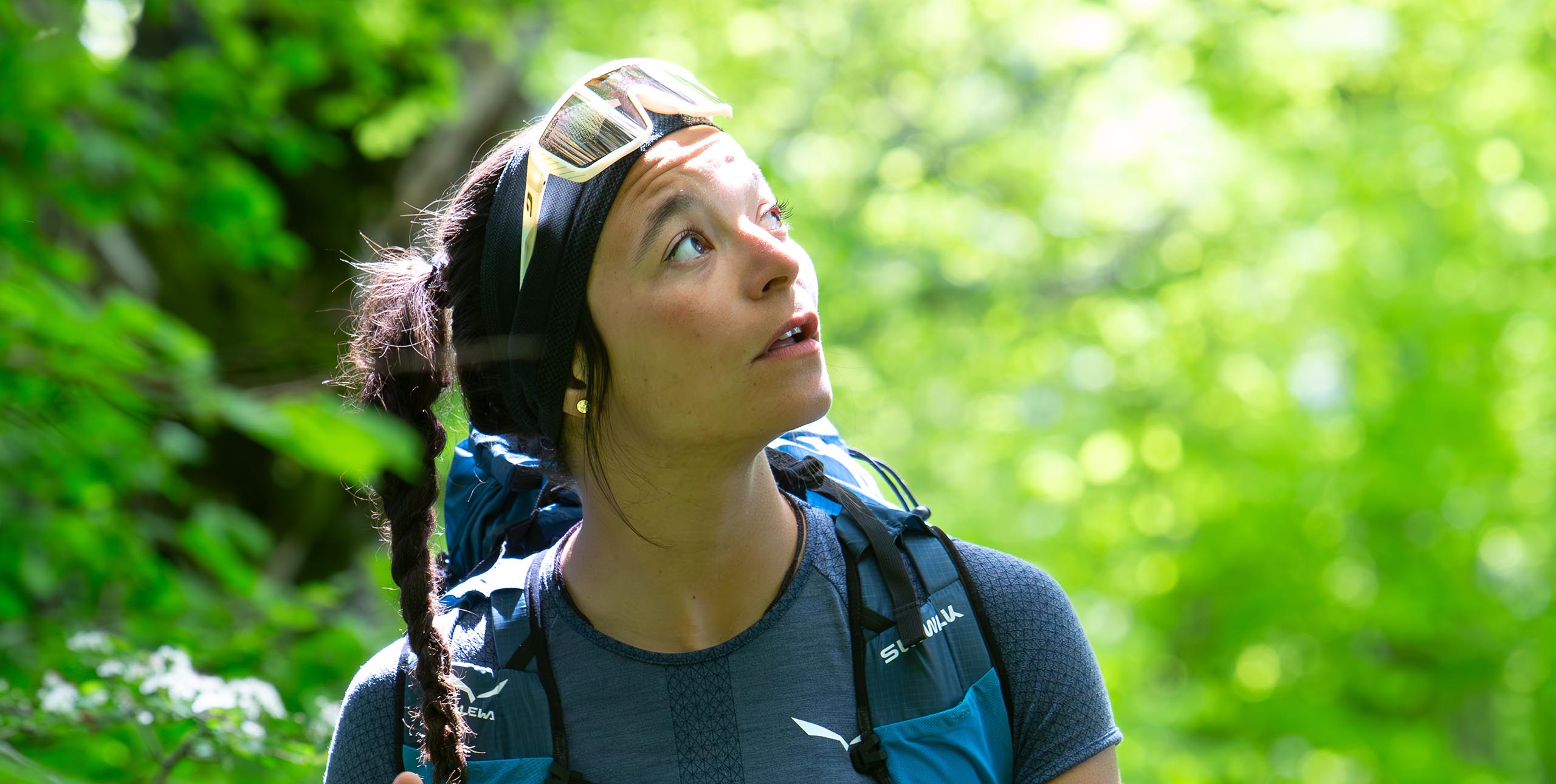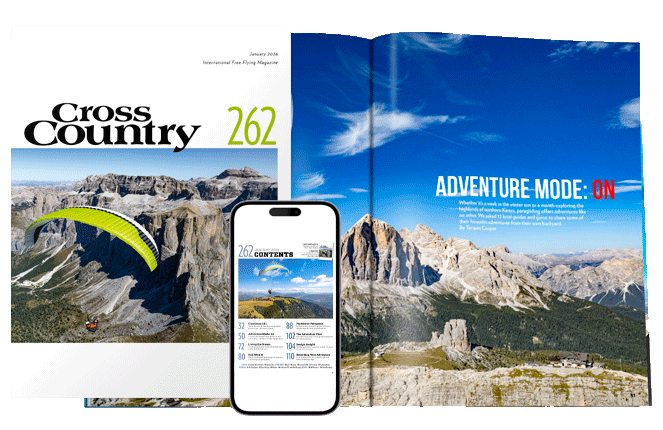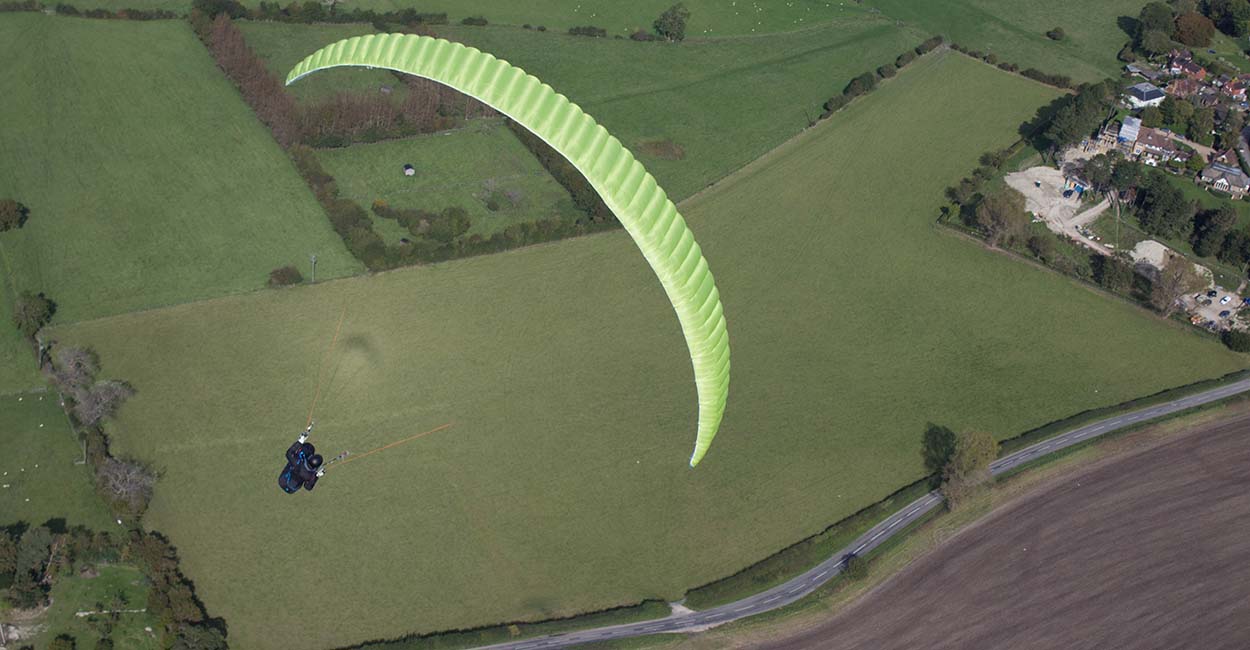
Assuming you are under instruction for your first day of thermal flying, you will be on the right site at the right time. Your first thermal flights will most likely be either mid-morning flights or late afternoon flights, when thermal activity is less. This allows you to start to learn to feel what is going on in the air, and what your glider does, and how to respond correctly. It’s small steps, and it’s progressive.
If you are under instruction you will most likely be on radio. There will also probably be other pilots around, and you will be able to see them turning and going up in thermals. If the air is crowded your instructor might ask you to wait until it is less busy – this is for your safety and comfort as well as that of other pilots.
But let’s assume everything is perfect. There are one or two other gliders thermalling in the sky and staying up, so you know you can too. Launch is easy – you’ve mastered those basics – and you are in the air.
The aim of the game is now to find a thermal and to turn in it, staying in it so it carries you up well above take-off height. You are now actively engaged in this process.
The first thing you will notice is that thermic air is more active than non-thermic air. Especially if there is a little bit of wind – for example if you are soaring a hillside while looking for a thermal – then the air can feel quite choppy. It is like sitting in a canoe on a gently flowing river compared with floating on a dead-calm lake.
Fly normally, keep your hands on the brakes, and try to feel what the glider is doing. This is called active flying. If the glider pitches forwards, brake it a little bit to keep it overhead. If it pitches back, then let the brakes up and let the glider fly. Keep your movements smooth and deliberate: don’t jab or be aggressive and reactionary.
Stay observant – keep an eye out for other pilots and watch your position in relation to the terrain all the time. If you want to look up at the glider from time to time then do so. It might be rustling about more than you are used to and you might like to reassure yourself it is still there. Don’t worry, it is. However, don’t fly around constantly staring up at it, this is bad practise and means you are not looking where you are going.
Your instructor might be telling you where to go over the radio, or you might have had a pre-flight briefing. Either way, let’s assume you are now flying towards a thermal.
Thermals are not uniform. They have a core and outer regions of less strong lift. We want to get through the outer region and into the core, where the best and smoothest lift is.
In the air this outer region of broken lift can feel a little like riding a bike over cobbled streets. This is a good clue that you are approaching a good thermal. If you have a vario then it will start to beep around about now.
The trick is not to turn immediately. You want to fly on for one, two, three seconds until you can feel and hear on the vario that you are in consistent lift.
Once you are in consistent lift, take a look in the direction you are about to turn, check it’s all clear, and then make a smooth, easy turn. Adding some weightshift – leaning over in the harness to the side you want to turn – and then applying the brake will have you turning around in a smooth 360.
If you have timed it right, then your full 360-degree turn will be made in smoothly rising lift, and your vario will be making a happy beeping noise.
Suddenly, you know what all the fuss is about! Compared to soaring in ridge lift, or flying top-to-bottoms, flying in thermals is like taking the pulse of the atmosphere. You can feel the power of the environment you are in. In this, paragliding is like surfing and thermals are our waves.
Keep turning circles, keep looking around for other air traffic, pilots, the terrain, and keep climbing. Watch your drift: you do not want to drift back behind the launch low, as you will struggle to push back into wind if you fall out of the rising air.
As you climb higher you will find it easier to stay in the lift. This is because the bubble of air you are in is expanding and growing bigger: thermals are small and tight lower down, wide and easier higher up. Concentrate on listening to your vario, staying in the best lift and turning 360-degree circles that take about 16-18 seconds to complete. If you are taking 20 seconds or more to complete a 360, then tighten up.
That grin is going to take a long time to fade!


